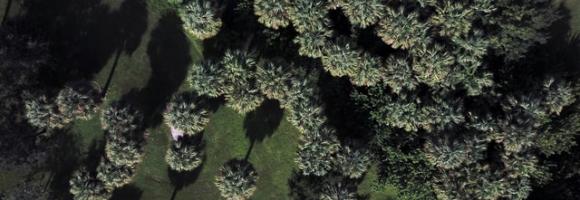
How important is a given area in terms of habitat diversity and associated species diversity? By identifying distinct habitats in a given area, one can highlight areas supporting a large variety of structural and functional ecosystem properties and, indirectly, a potentially higher species diversity.
Indicator unit: The THDI is derived from the square of the number of Terrestrial Habitat Functional Types (THFTs) encountered in a given area divided by the square root of the surface (in km2 ) of the protected area. The higher the THDI, the larger the diversity of habitats.
Area of interest: The THDI can be generated for any terrestrial area (e.g. country, ecoregion or protected area). The THDI has been calculated for each terrestrial protected area of size ≥ 5 km2 and for the terrestrial parts of each coastal protected areas of size ≥ 5 km2 .
---
Data Uploaded by Luca Battistella using the Digital Observatory for Protected Areas Services (2022)
Terrestrial habitat diversity
Use and interpretation: The number of distinct habitats in an area can be used to a certain extent as a proxy of biodiversity. The information can also be used to inform ecosystem mapping, protected area zoning and management, and for the planning of wildlife surveys. Applied to protected areas, the identification of the Terrestrial Habitat Functional Types (THFT) can further help to assess the complexity of the management of the area, and to indicate the potential diversity of species present (Rosenzweig 1995; Tews et al., 2004). Everything else being equal, protected areas with many distinct habitats are likely to require more resources for the management than those presenting a more homogenous environment. To compare the relative habitat diversity of protected areas, the Terrestrial Habitat Diversity Indicator (THDI) should be used instead of the number of THFTs as the THDI will not favor large protected areas over smaller ones.